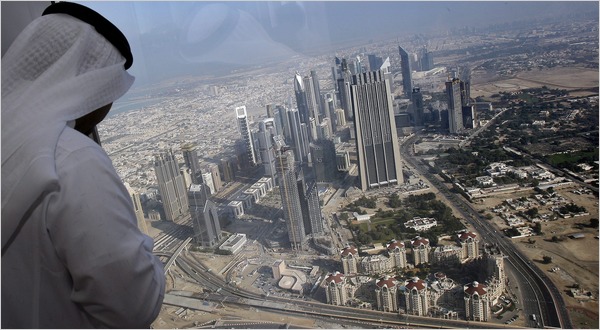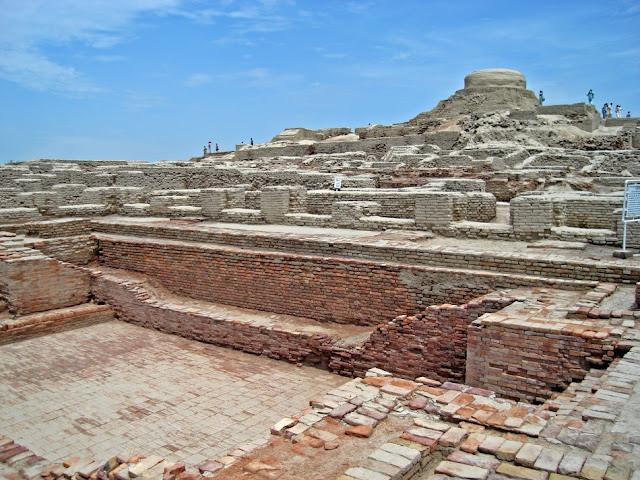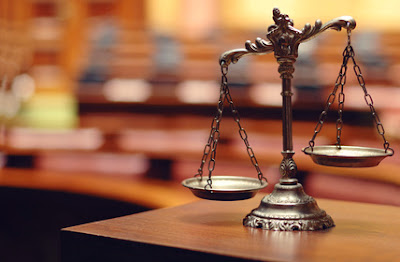Burj Khalifa – World’s Tallest Building
Living in the 21st century means living in the age of technological wonders—considering, at least, you are living in a first-world or second-world country. Technological progress manifests itself in the surroundings of a modern individual, starting from coffee machines and ending up with larger-than-usual skyscrapers. Speaking of the latter, they have evolved greatly from the times of the Home Insurance Building in Chicago—the first skyscraper ever built. Today, the most technologically advanced skyscraper is the famous Burj Khalifa in Dubai.
The Burj Khalifa (or how it was called until 2010, Burj Dubai) opened on January 14, 2010. Even before the building construction was finished, starting from 2007 it had become the highest skyscraper in the world. Its exact height is 2,722 feet, or 829,8 meters, and it obviously can be seen from any point in Dubai. The number of floors, however, is a bit fewer than some might expects: Burj Khalifa totals in 163 floors, which is 16’2” (about 5 meters) for each floor.
Living in the 21st century means living in the age of technological wonders—considering, at least, you are living in a first-world or second-world country. Technological progress manifests itself in the surroundings of a modern individual, starting from coffee machines and ending up with larger-than-usual skyscrapers. Speaking of the latter, they have evolved greatly from the times of the Home Insurance Building in Chicago—the first skyscraper ever built. Today, the most technologically advanced skyscraper is the famous Burj Khalifa in Dubai.
The Burj Khalifa (or how it was called until 2010, Burj Dubai) opened on January 14, 2010. Even before the building construction was finished, starting from 2007 it had become the highest skyscraper in the world. Its exact height is 2,722 feet, or 829,8 meters, and it obviously can be seen from any point in Dubai. The number of floors, however, is a bit fewer than some might expects: Burj Khalifa totals in 163 floors, which is 16’2” (about 5 meters) for each floor
Burj Khalifa looks like a stalagmite, which means it resembles vertical minerals growing from cave floors. Stalagmites usually have a shape of a cone, and so does Burj Khalifa; if you look at it from a distance, it will remind you of a gigantic sharp cone made of glass and steel.
The most impressive aspect about Burj Khalifa is that it had been planned to be a so-called “city within the city”; this means inside the tower, you can find parks, alleys, districts, fountains, and so on. The glass of the tower’s surface always shines, because it is washed every single day, and the make of concrete of which the tower was built from was invented specifically for Burj Khalifa. There are three entrances to the tower, because it is so huge that one or two would not be enough. At the foot of the skyscraper, there is a big artificial lake that measures up to 12 hectares.
Inside, the building is as magnificent as it is from the outside. The interiors were projected by famous designers—for example, the interior of the Armani hotel, located on the floors from first to 39th, was designed by Giorgio Armani himself. The air inside Burj Khalifa is conditioned and flavored—it is said that the flavor was also designed exclusively for the tower; 57 elevators work 24/7 to transport visitors between floors.
Writing about Burj Khalifa is a thankless job. The existence of this building is a miracle itself—considering how it stands against the winds, gravity, and other natural forces. With a truly oriental luxurious scope, Burj Khalifa was designed and built to embody the impossible. And one can bravely state that nothing like this skyscraper has ever been built on Earth before.



Comments
Post a Comment